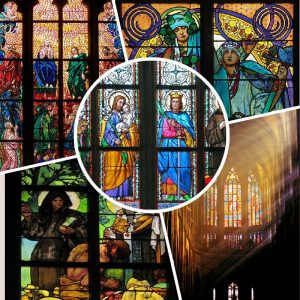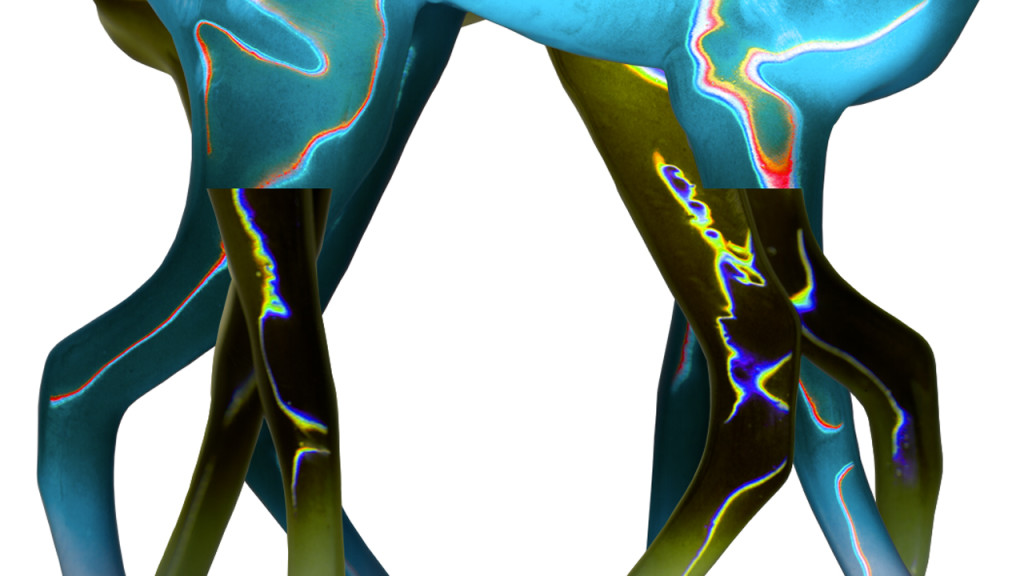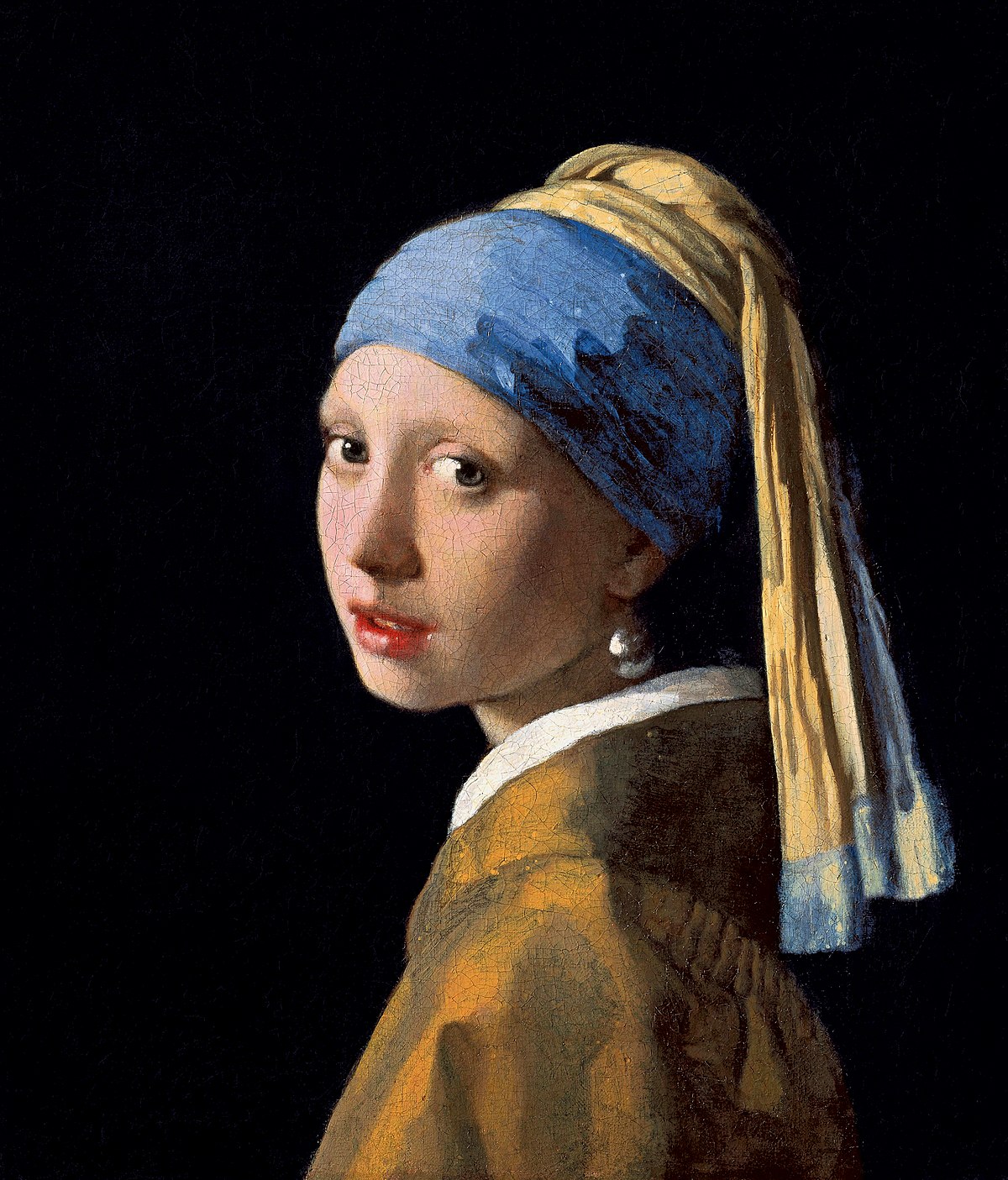dedicated
Who, where, when: guide to the thin ice of stained glass
 Which of the great artists engaged in stained glass art? Where, looking out the window, you can see the picture, through which the light penetrates? Gaudi, Fly, Chagall, Tiffany and not only – the messengers of the rainbow on Earth.
Which of the great artists engaged in stained glass art? Where, looking out the window, you can see the picture, through which the light penetrates? Gaudi, Fly, Chagall, Tiffany and not only – the messengers of the rainbow on Earth.
There are many stained glass techniques, but the main ones that have passed through the centuries are two. The first is the fastening of colored glasses with lead straps. It was used in Germany and France in the era of the Gothic (XII-XVI century.) The second – the application of special paint directly on the glass. It was actively used in the Renaissance (from the 16th century). Modern stained glass artists often use the second option, but everything depends on the taste and style of the author – the technique, as we said, is numerous. Continue reading




